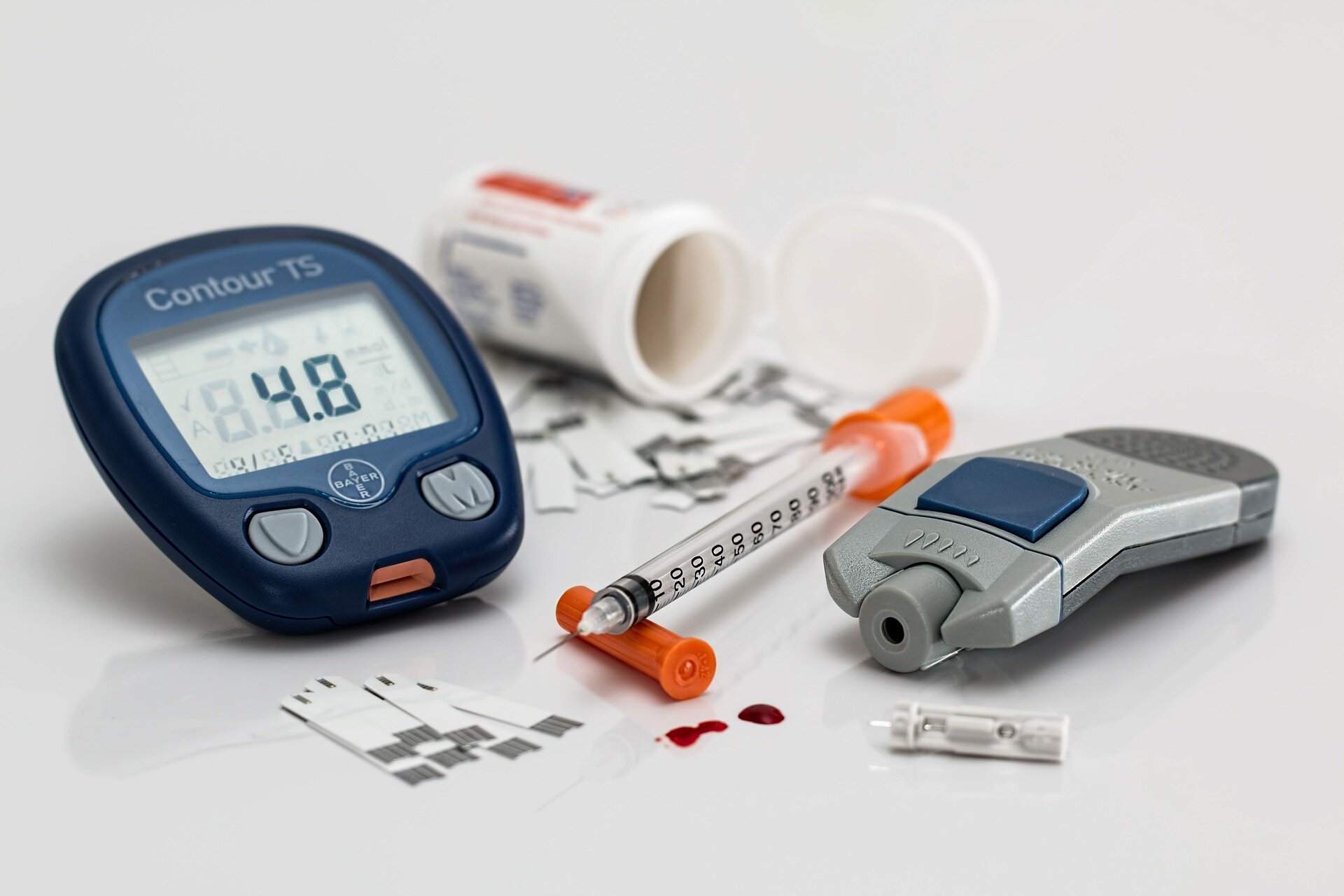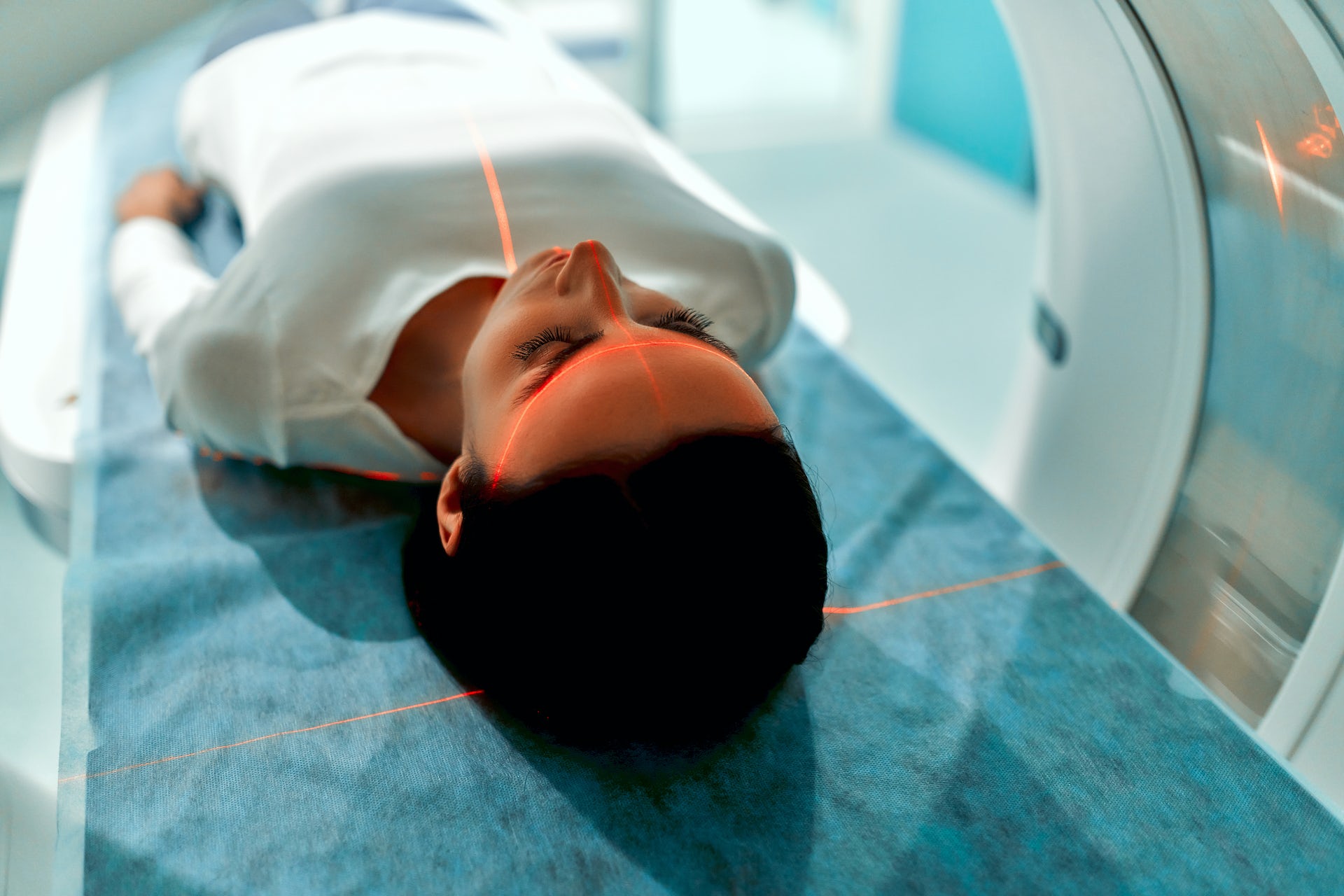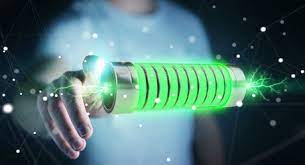
Researchers have detected a cluster of lost 2,500-year-old cities at the foothills of the Andes in the Amazon rainforest.

But according to a philosopher of language and mathematics, we might have been interpreting Newton's precise wording of his first law of motion slightly wrong all along.

A volcanic eruption that has engulfed homes in an Icelandic fishing port confirms that a long-dormant faultline running under the country has woken up, threatening to belch out lava with little warning for years to come.

Cloning primates is complicated. In most attempts, embryos and newborns die. But researchers in China have said they've cloned a rhesus monkey that's doing well.

India is changing drastically under the Earth's surface, as a new study has revealed that the Indian Continental Plate could be splitting in two.

This could potentially modify the course of diabetes and potentially eliminate the need for round-the-clock insulin injections in some people living with type 1 diabetes.

A new class of antibiotics for drug-resistant Staphylococcus aureus (MRSA) bacteria which was discovered using more transparent deep learning models.

High cholesterol is becoming an all-too common health problem. Now a new vaccine currently in development promises to effectively and affordably lower levels of 'bad' cholesterol in the body.

Scientists in the US have found a way to destroy cancer cells by stimulating molecules with near-infrared light and causing them to vibrate. The researchers found that the method was 99 % effective against melanoma cells.

Research suggests AI could diagnose depression from health records or even social media posts. And it could overcome GP bias when it comes to prescribing medications.

Scientists have now demonstrated how weirdness can be harnessed to charge a quantum battery.

U.S researchers have made a landmark discovery in the field of mental health, potentially leading to a blood test capable of detecting suicidal thoughts in individuals with major depressive disorder.

Made some 3,000 years ago, the Mesopotamian bricks contain grains of iron oxide that, to the right interpreter, reveal fascinating changes in the magnetic field that runs through and envelops Earth in a protective barrier.

A few years ago physics student Germain Tobar, from the University of Queensland in Australia, worked out how to "square the numbers" to make time travel viable without the paradoxes.

A study conducted by Hungarian scientists sheds light on the unpredictability and potential dangers of long dormant volcanoes.